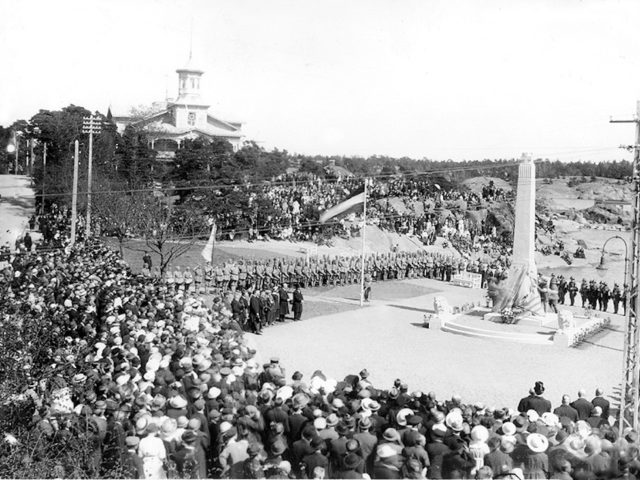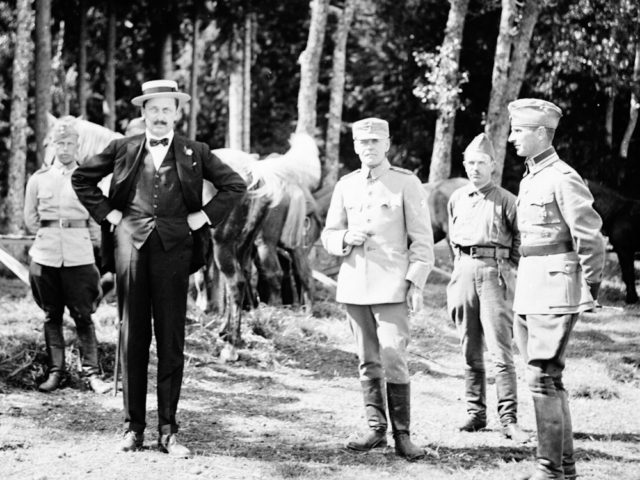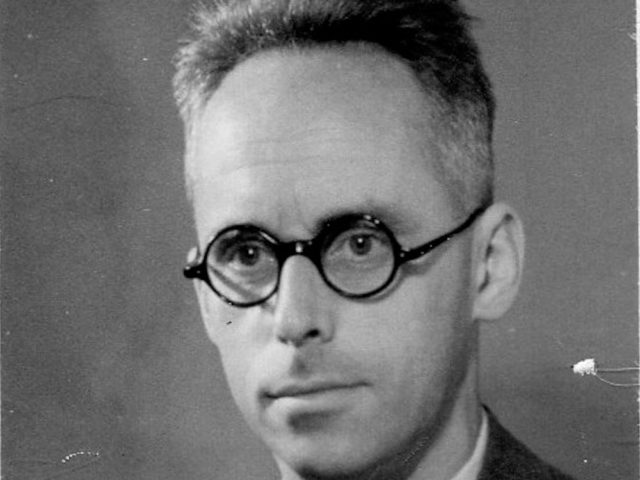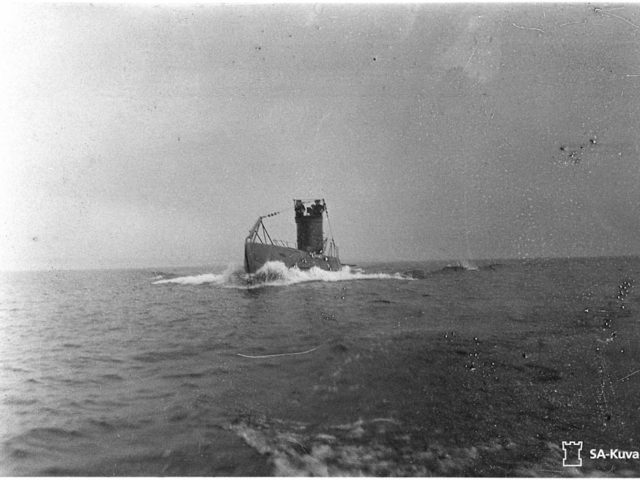Hanko's town hall was completed in September 1926. The designers of the building were Armas Lindgren and Bertel Liljequist. The activity in the town hall was lively. There were concerts, plays, dance performances and lectures. Of course, the entire city administration was also in the building. In 1941, the Continuation War began, and Russian troops blew up the town hall when they retreated from the city in December. The current town hall was completed in 1951.
View moreVapaudenpatsas pystytettiin 1921 saksalaisten 3. huhtikuuta 1918 tapahtuneen maihinnousun muistoksi. Suunnittelutyöstä vastasi Ab Granit ja patsaan ulkoasun muotoili kuvanveistäjä Bertel Nilsson. Vapaudenpatsas on sotien jälkeen ollut kiistanalainen; se purettiin neuvosto vuokraaikana ja pystytettiin uudestaan 1943. Vuonna 1946 patsas purettiin jälleen, mutta vuodesta 1960 patsas on ollut nykyisenkaltainen tekstillä ”Vapautemme puolesta”.
View moreThe Nazi-German transit camp was located in the Customs Name of Hanko. It was intended for 3,000 soldiers, but there were constantly 4,000, sometimes up to 5,000, soldiers. Hanko's advantage was a short sea voyage to the German-occupied Baltic ports of Tallinn and Liepaja and to Danzig, Poland. Hanko was also a good winter port, so troops could be transported all year round.
View moreCarl Gustaf Emil Mannerheim (1867 - 1951) was a Finnish military leader and statesman. Mannerheim became the national hero of the Finns at the beginning of our independence. In 1919, Mannerheim moved his church book to Hanko, and in the winter of 1920, he rented a villa on the Great Mäntysaari, which was named Stormhälla, Storm Rock.
View moreFour days before Germany conquered Tallinn on August 28, 1941, an Estonian lawyer and father of two small children, 36-year-old Leonid Tretjakevich (later Trett), boarded the Örne ship in Tallinn among 600 other Estonian men. There were no alternatives, for refusing to call the Red Army knew the death penalty. Leonid was stationed as an assistant to the artillery station on the West Bank of Hanko, in Varisniemi at Kappelisatama.
View moreThe watershed is a submarine launched on 10.5. 1933 in Turku. Until 1936, the boat was only named CV 707. The Dutch engineering firm Ingenieurskantoor voor Scheepsbouw had ordered the vessel in October 1930 as a prototype commercial submarine. The Finnish state bought it in 1936, and it was named Vesikko.
View more





